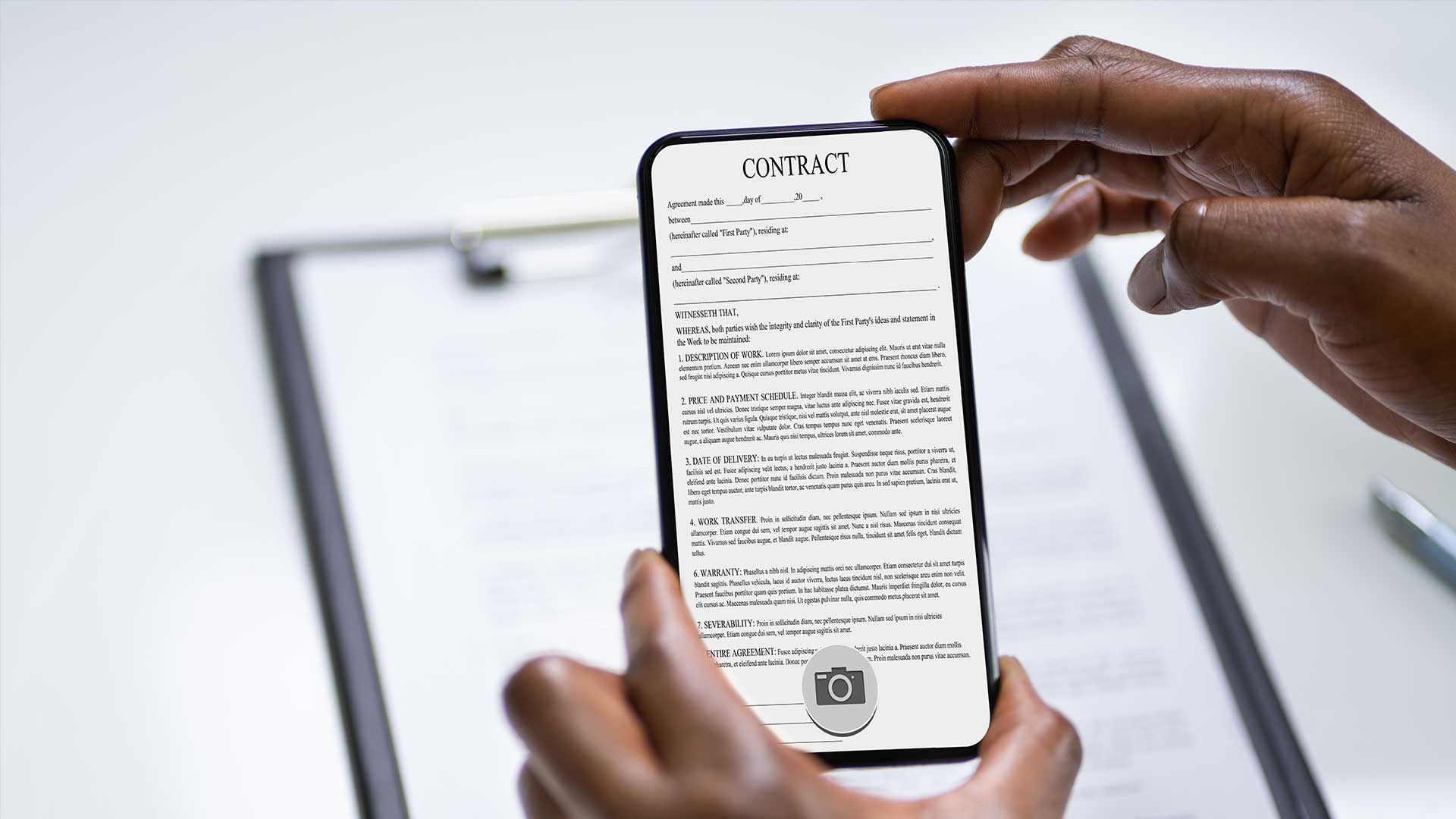What is Optical Character Recognition (OCR) and Why It's Important for Your Scanned Documents
Table of contents
In this digital age, paper documents are often viewed as relics of the past. But for many businesses and organizations, physical documents still play an important role in day-to-day operations. This is where Optical Character Recognition (OCR) comes into play.
OCR is a technology that can convert scanned documents into editable, searchable digital files quickly and efficiently.
Let’s take a look at what OCR is, how it works, and why it adds value to businesses that are scanning their documents.
What is Optical Character Recognition?
At its core, OCR is a form of data capture technology that enables users to convert physical paper documents into word-searchable digital files accurately.
Using advanced algorithms and pattern recognition software, OCR can recognize text from scanned images and convert it into text-based formats like .docx or .pdf files. This makes it much easier for users to search through their documents quickly and easily without having to manually read through each one—a process that would be time-consuming and prone to errors.
Furthermore, since the data captured by OCR is digital, it can also be extracted and shared with other business systems to reduce data entry requirements.
How Does OCR Work?
Once you have scanned images of your documents, they are analyzed by the OCR software, which identifies any text within the image and converts it into machine-readable text format.
The accuracy of the results depends on a number of factors, such as image quality, font size/style, page layout etc., so if any of these parameters are not optimal, you may get inaccurate results from your scans.
However, modern OCR software has come a long way in terms of accuracy over the years, so you should be able to rely on your scans for most purposes.
Why Should I Use OCR?
In general, OCR provides businesses with an efficient way to digitize their paper documents without having to manually type them out—which would take too much time and lead to errors due to human error.
It also allows them to store their data securely in cloud-based systems, so they don’t have to worry about losing important documents if something were ever to happen physically with their office space or filing cabinets.
Additionally, since most modern OCR software can recognize multiple languages (such as English, Spanish etc.), businesses can use this technology even if they have international customers who need access to specific content in different languages—making it very useful for global companies looking to streamline their document management processes across different offices around the world.
Conclusion
Optical Character Recognition (OCR) has become an invaluable tool for businesses looking to digitize their paper documents quickly and efficiently while avoiding manual transcription errors caused by human error.
With its ability to recognize multiple languages and store data securely on cloud-based systems, as well as its ease of use compared to traditional document management processes, there’s no doubt that OCR will continue adding value for businesses far into the future.
If you’re looking for ways to make your document scanning process more efficient, consider incorporating optical character recognition into your document scanning process today!
Looking to scan your documents? Let's get you a quote!
Share this
You May Also Like
These Related Stories

The Advantages of Using OCR Technology in Document Scanning Services

Advanced OCR Technology in Document Scanning

